
QuickNews Porsche Panamera 4 10 edition launched
- Jun 17, 2020
- Views : 3956


Placing an electric motor in an automobile does make it emission free, but boy doesn’t it also complicate things so much more when compared to a conventional gasoline-powered vehicle. I’m going through an entire glossary of technical terms that Porsche shared with us to better understand its new Panamera S E-Hybrid, and it’s only making matters worse.
I now know that an E-Power Assistant is actually an analogue display for indicating electric power in all-electric and hybrid modes. I also understand that the Boosting functionality activates the electric motor in the new Panamera; so along with the combustion engine it can help the vehicle temporarily achieve maximum power.
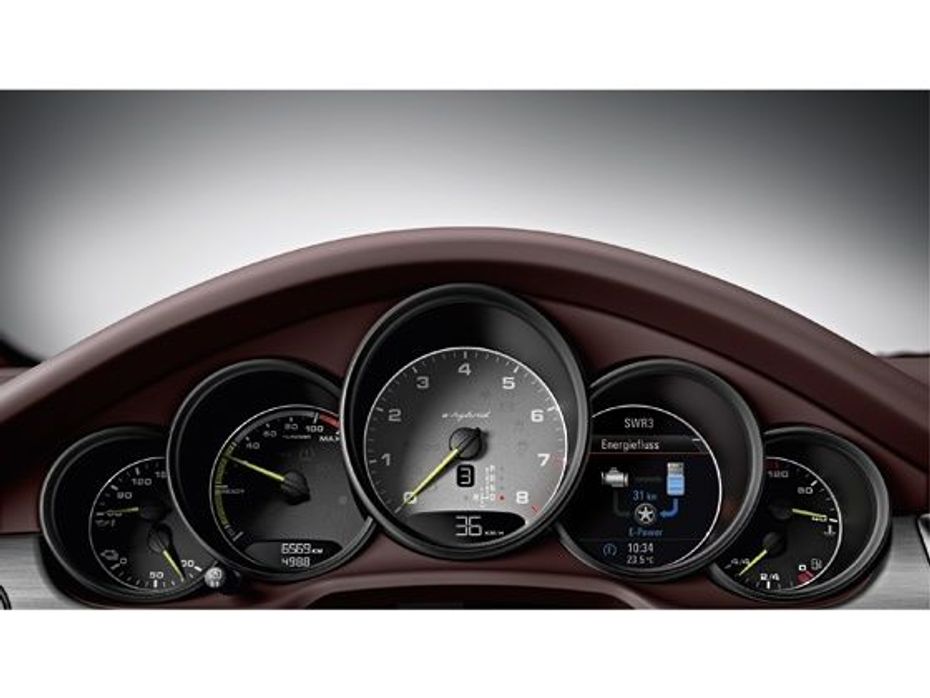
Porsche’s second generation Panamera GT in its successful attempt at turning into a Plug-in Hybrid Electric vehicle has in fact ushered in a new chapter in the development of the four door, four-seater sports car, but terms like its Synchronous motors, Decoupler, PTC heater and its Hybrid module have my head spinning already.
Needless to say, the Porsche has improved on its original parallel full hybrid concept from 2009 and the ingenious Germans are understandably excited about sharing the results with us and Porsche fans subsequently.
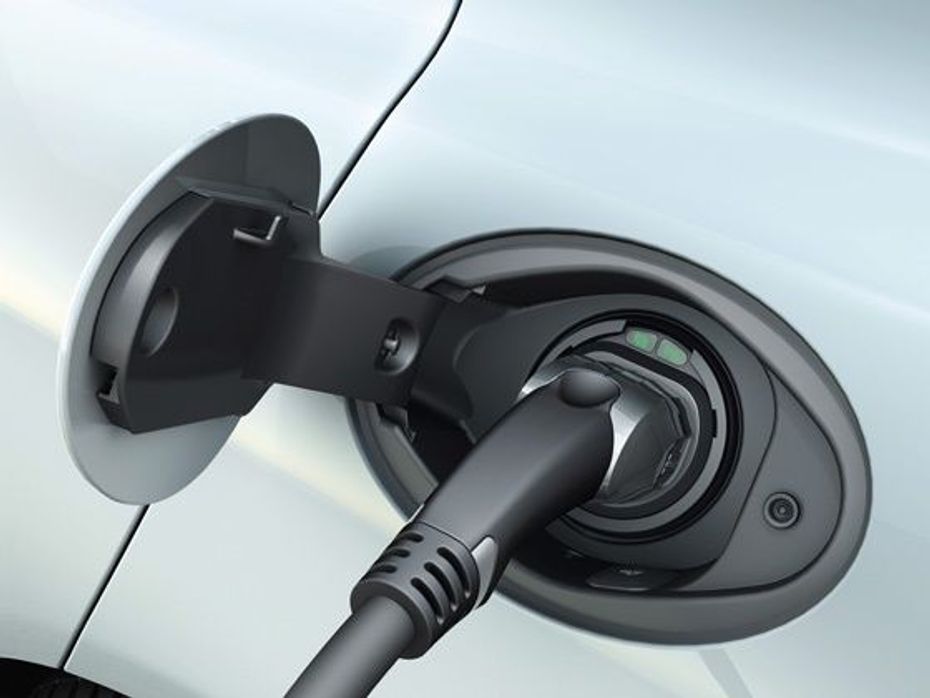
Mightier ‘Plug-in’ Performer
Like on the Panamera S Hybrid model introduced two years ago the S E-Hybrid continues to draw power from Porsche’s 333PS super-charged 3.0-litre V6 engine. However, its E-Hybrid system, while being a far more advanced version of the proven Porsche parallel full hybrid, now presents a more powerful electric motor, a higher-performance battery supplying more energy and the freedom to recharge externally from an electrical grid.
The 95PS produced by its electric drive is now more than double the power of the previous 47PS motor, while the new lithium-ion battery at 9.4kWh has over five times the 1.7kWh energy capacity of the previous (nickel metal hydride) battery technology.
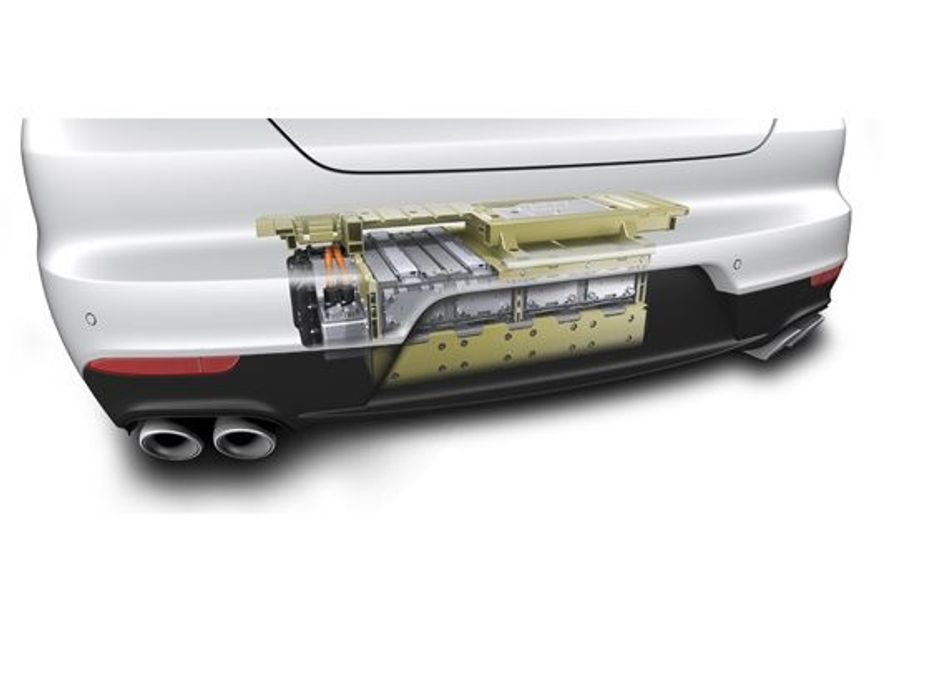
With a total of 416PS now at its disposal, the Panamera S E-Hybrid can hit a top speed of 270km/h, and accelerate from 0 to 100km/h in just 5.5 seconds. Furthermore, the all-electric driving performance has been substantially improved on this vehicle, which basically means quicker acceleration, more miles on a single charge and a higher top speed in electric mode.
The electric boost function helps here, in which the performance of the electric motor aids that of the combustion engine. The parallel full hybrid concept developed by Porsche also offers ‘coasting’ at higher speeds, which refers to free coasting with the internal combustion engine shut off and generating electricity by energy recovery.

Flexible charging solutions
Being a Plug-in-Hybrid car has its obvious benefits and the Panamera S E-Hybrid capitalises on this in a very big way. When connected to an industrial outlet, it can be charged within around two and a half hours via the integrated on-board charger and the standard Porsche Universal Charger (AC). It can be charged in less than four hours when connected to a conventional household electrical outlet.
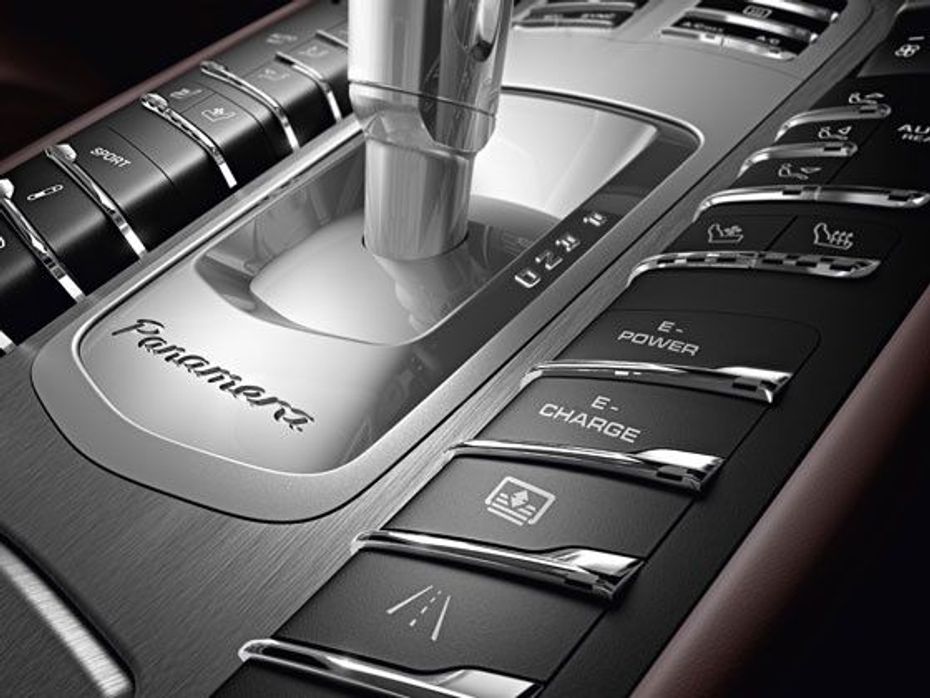
A mode for every mood
So much power and such versatile technology on the Porsche Panamera S E-Hybrid can be controlled in three different ways. The basic E-Power mode (electric driving) is activated as standard and is used at the start of every journey. With kick-down, the electric motors are called upon with more urgency for a more intense drive.
The E-Charge mode basically uses the combustion engine instead of the electric motors and in doing so also charges the high-voltage battery for later use, for example, in slower moving city conditions. The Sport mode is understandably the most vicious of the lot, coming into action when the pedal is pushed to 80 per cent of its full capacity. At this instant, the V6 and the electric motor work together to bring out the very best in terms of performance from the E-Hybrid, making it feel like a genuine sports car.
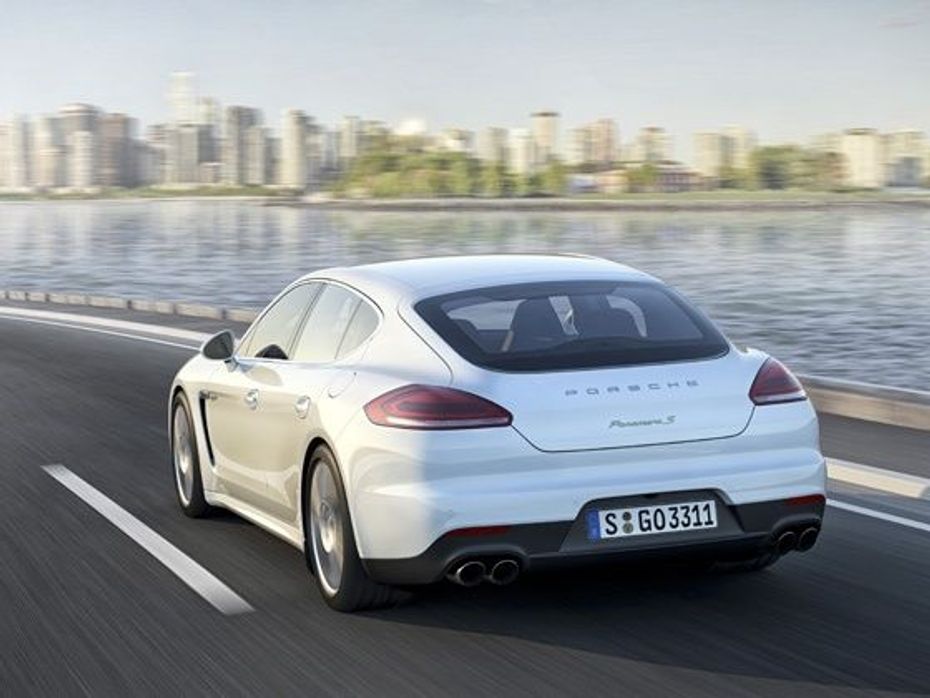
De’range’d
…Is what the competition will feel about the Panamera S E-Hybrid once they hear that its fuel economy has increased by 56 per cent to 32kmpl as per the New European Driving Cycle (NEDC). Now, consider the fact that the Panamera makes room for a massive 80 litre fuel tank, and what you essentially get is a 2,560 km range on full capacity. Those are some phenomenal figures for a petrol GT car of this nature, and Porsche has once again proved why they can’t be ruled out as environment-conscious sports car makers.
The electric driving range, on the other hand, while being friendlier to the environment may vary in everyday operation. A realistic all-electric driving range in real-world conditions would lie somewhere between 17-35kms – and under particularly favourable conditions it could even exceed this.
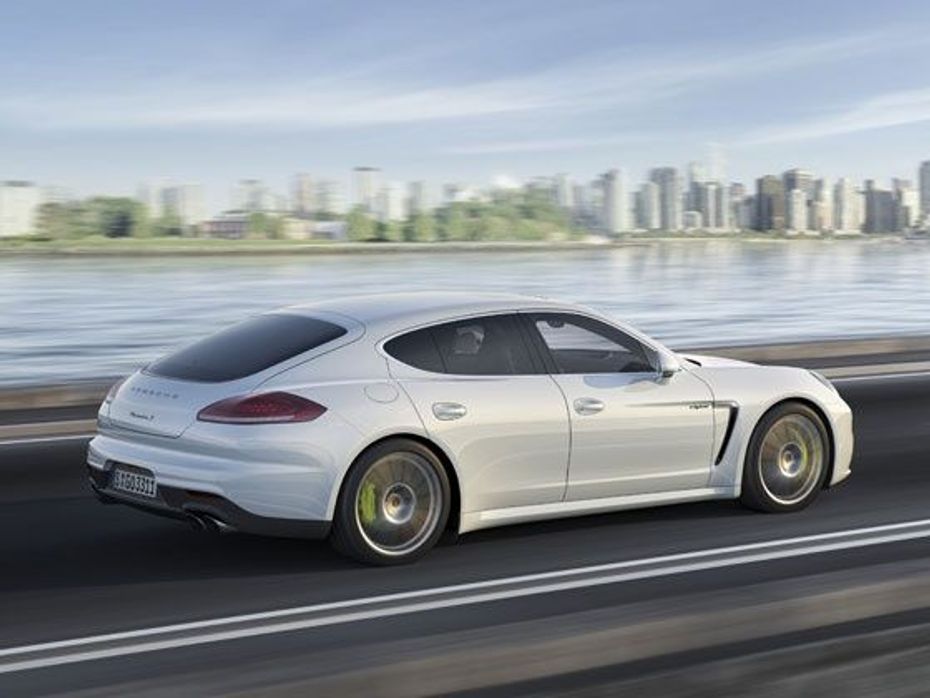
A promising future
As one of the most influential members of the new Panamera family, the S E-Hybrid is certainly a more expressive exterior design language with tighter lines and more pronounced body elements. But more importantly, the new generation plug-in Porsche is far more focused on its driver’s needs, kinder to the environment, better connected through smart phone applications and having already celebrated its world premiere at Auto China in Shanghai in April this year, it won’t be long before the Stuttgart-based car manufacturer makes it available to buyers worldwide along with the rest of its model-line up.

QuickNews Porsche Panamera 4 10 edition launched

Porsche Panamera Facelift Listed On Indian Website; Bonkers Turbo S...

Updated Porsche Panamera Revealed; Now Available In Two New Flavours

Porsche Panamera Celebrates 10th Anniversary With A Special 4 10...

The 'Entry Level' Porsche Panamera Can Be Yours For Rs 1.48...

Porsche Panamera GTS Makes A Comeback

Porsche Mission E Electric Sedan Spotted Testing

Porsche Panamera Turbo Launched At Rs 1.93 Crore

Second-Gen Porsche Panamera Turbo Launching Tomorrow
 Toyota Vellfire
Toyota Vellfire
 BMW X7
BMW X7
 Land Rover Range Rover Sport
Land Rover Range Rover Sport
 Mercedes-Benz GLS
Mercedes-Benz GLS
 Porsche Cayenne
Porsche Cayenne
India's largest automotive community
 Porsche 911
Rs. 1.98 Crore
Porsche 911
Rs. 1.98 Crore
 Porsche Cayenne
Rs. 1.42 Crore
Porsche Cayenne
Rs. 1.42 Crore
 Porsche Macan
Rs. 96.05 Lakh
Porsche Macan
Rs. 96.05 Lakh
 Porsche Panamera
Rs. 1.69 Crore
Porsche Panamera
Rs. 1.69 Crore
 Porsche Cayenne Coupe
Rs. 1.48 Crore
Porsche Cayenne Coupe
Rs. 1.48 Crore
 Land Rover Range Rover
Rs. 2.36 Crore
Land Rover Range Rover
Rs. 2.36 Crore
 Mercedes-Benz GLA
Rs. 50.80 Lakh
Mercedes-Benz GLA
Rs. 50.80 Lakh
 Toyota Vellfire
Rs. 1.22 Crore
Toyota Vellfire
Rs. 1.22 Crore
 Porsche 911
Rs. 1.98 Crore
Porsche 911
Rs. 1.98 Crore
 Volvo XC90
Rs. 1.00 Crore
Volvo XC90
Rs. 1.00 Crore